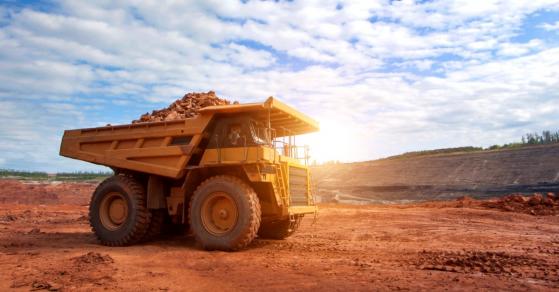Rio Tinto (ASX:RIO) on January 15 reported just over a 3 per cent rise in the group’s total copper equivalent production for the full year reflecting the Gudai-Darri mine in Pilbara, Australia reaching its full capacity; increasing production in Mongolia; and productivity improvements due to the deployment of its “Safe Production System.”
Full-year data
Iron ore production shipments and production for the full year reached 331.8 million tonnes and 331.5 million tonnes, rising 3 per cent and 2 per cent over 2022, respectively.
Production of mined copper (on a consolidated basis) and aluminium was higher by 2 per cent and 9 per cent on an annualized basis.
Aluminium output benefitted from increased output across Canadian operations.
Bauxite production for 2023 remained flat compared to 2022 while the output of titanium dioxide slag and Canadian iron ore pellets and concentrate declined by 7 per cent and 6 per cent, respectively.
Titanium oxide is used to make a white pigment which is used in the paints and paper industries.
Q4 2023 versus Q4 2022
In terms of fourth-quarter production in 2023 compared to 2022, Australian iron ore shipments and production slipped 1 per cent and 2 per cent to 86.3 Mt and 87.5 Mt, respectively.
The fourth quarter output of bauxite, aluminium, mined copper, and iron ore pellets and concentrate all increased by 15 per cent, 8 per cent, 5 per cent, and 7 per cent over 2022, respectively.
Titanium dioxide slag production slipped to 275 kt reporting a 15 per cent decline as compared to the fourth quarter of 2022.
In the case of the fourth quarter over the third quarter, production of iron ore from the Pilbara development and Canadian pellets and concentrate rose by 5 per cent and 11 per cent, respectively.
The shares of the company traded at AUD 126.86 on Tuesday, reacting negatively to the group’s production results, having slipped nearly 1.2 per cent at the time of writing.
The selling pressure is likely a result of market expectations that quarterly iron ore shipments from Pilbara would have increased by 4 per cent over the third quarter as compared to the reported 3 per cent.
Looking ahead
The second largest miner in the world is seeking to strengthen its iron-ore operations in Pilbara and drive investments in Guinea.
Copper output is expected to increase with the completion of new supply sources in the United States.
Copper demand is expected to rise in the future to fulfil the requirements of the renewable energy and electric vehicle sectors.
On Thursday, Australia will release its highly-anticipated December employment data which is forecast to increase by 18,000.
This article first appeared on Invezz.com
